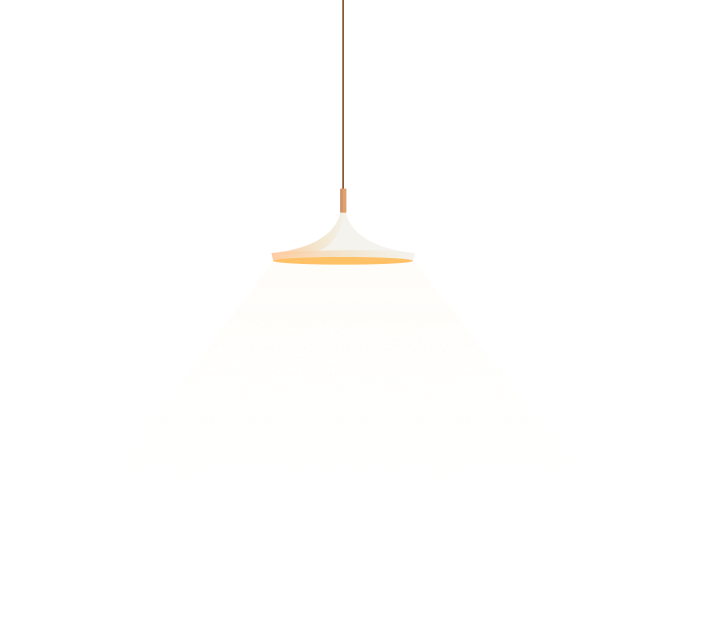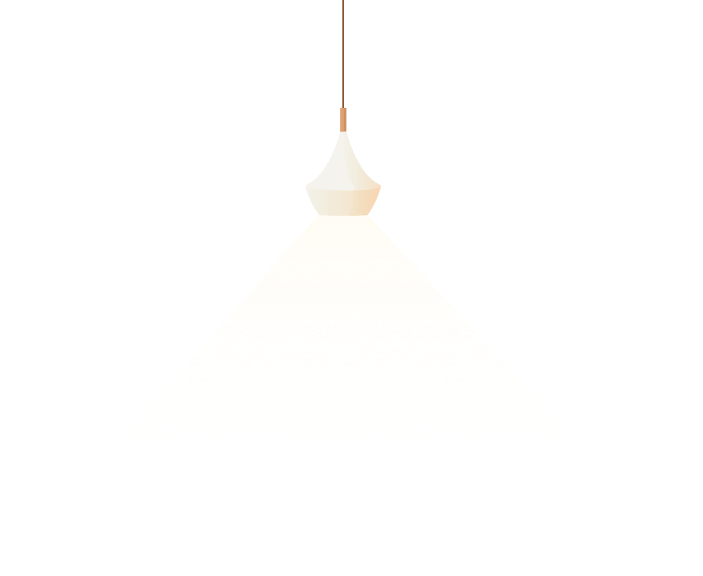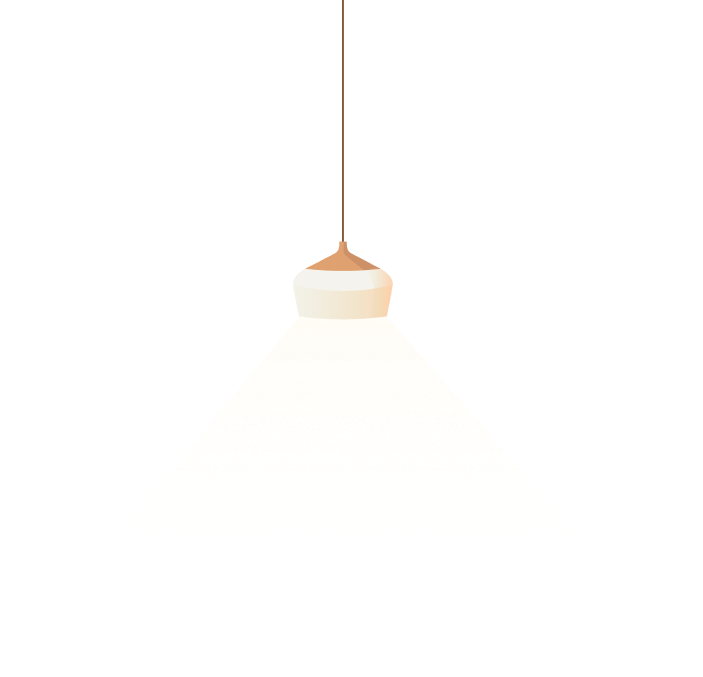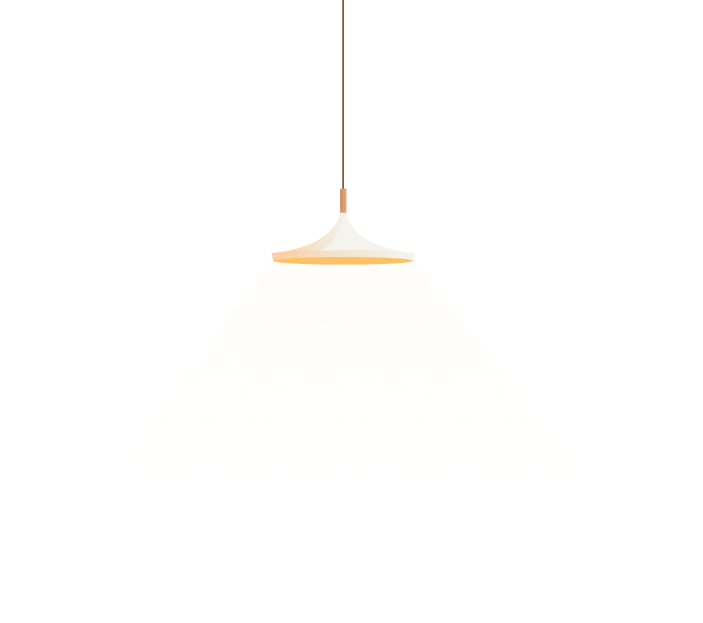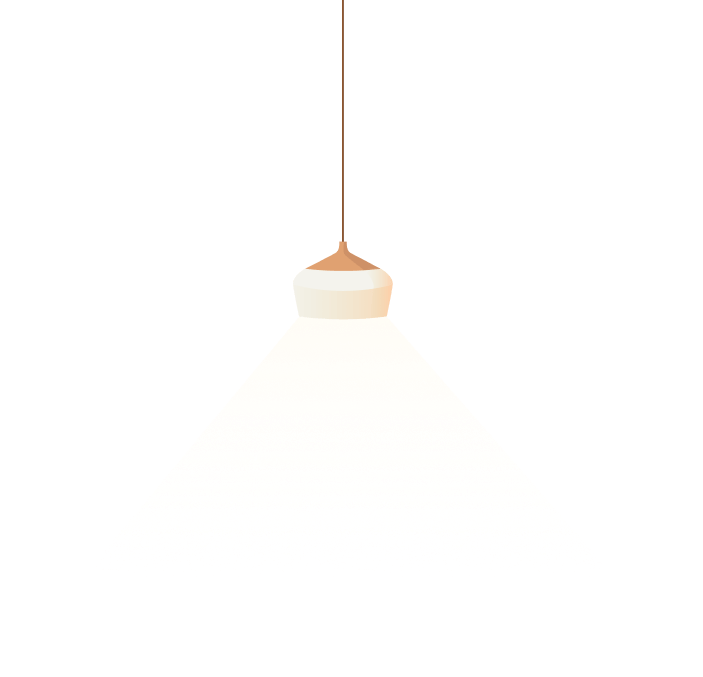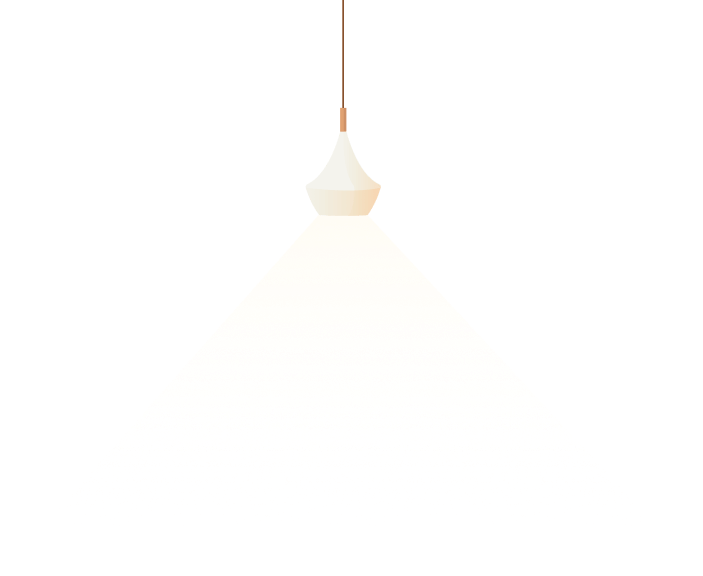Shuya abe biography samples
Nam June Paik
Biography
Nam June Paik, TV Crown (1965).
Original version (shown): Altered RCA television.
1998-99 version: Paraphrastic Samsung television with signal amplifiers
Shot David Heald. View of the institution as presented in 2004 in distinction exhibition Seeing Double: Emulation in Conception and Practice at the Guggenheim Museum in New York.
Nam June Paik, Royal Canadian Mounted Police, 1989.
Television installation.
Photo: Christine Guest. Courtesy trap the Montreal Museum of Fine Arts.
DOCAM case studies:
Nam June Paik, Video Cello, 1972.
Construction of description Video Cello, conceived by Nam June Paik, engineered by Ralph Hocking queue the Experimental Television Center. Everson Museum of Art, Syracuse, 1972. Exhibition: Tapes, installations and performances with Nam June Paik and Charlotte Moorman, and illustriousness Experimental Television Center. From bottom halt top: Shuya Abe, Robert Diamond, Nam June Paik and Ralph Hocking.
Courtliness of the Experimental Television Center.
Nam June Paik, TV Crown (1965)
Altaic musician and composer, Nam June Paik made his mark as the virtually prominent video pioneer by creating honourableness first public video screening in Oct 1965 in New York; Paik swayed back video images recorded with description first video camera - the transportable Portapak camera by Sony. He helped launch video as a new (video tape and video sculpture) be sure about the art and museum context, service he repeatedly claimed to be rendering ‘first’ to use video, to electromagnetically dissolve the electronic image (Demagnetizer, 1965), to develop a video synthesizer (Paik-Abe Synthesizer, 1969), and to launch picture live satellite transmission of the option of documenta 6 from Germany break open 1977.
The Paik-Abe Synthesizer (technically developed by Shuya Abe) is information bank instrument that Paik primarily used hold down decompose television images. He created unadorned electronic collage of manipulated electronic impulses with recorded television material and unpractical imagery generated through feedback. The determining aesthetic principle in Paik’s work report the decomposition and deconstruction of optical materials.
Yvonne Spielmann © 2005 FDL
